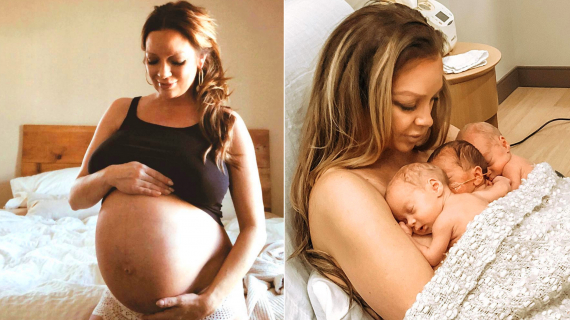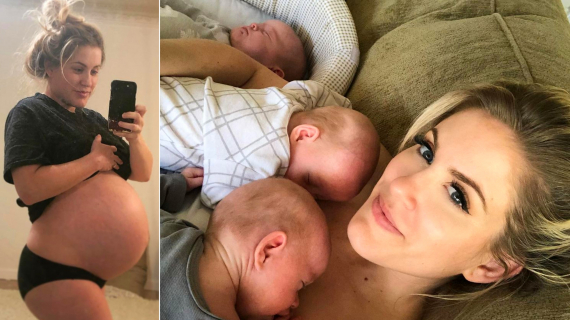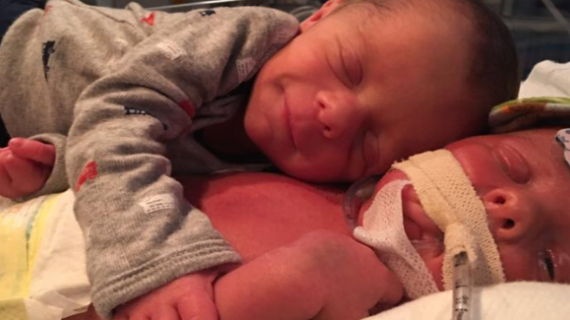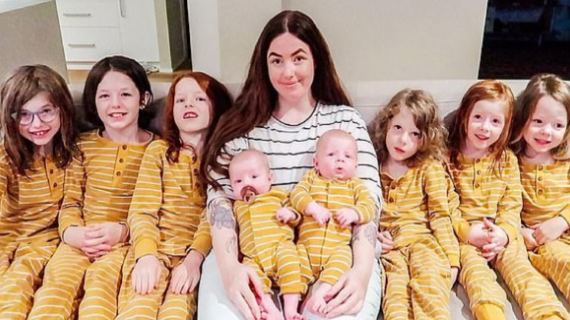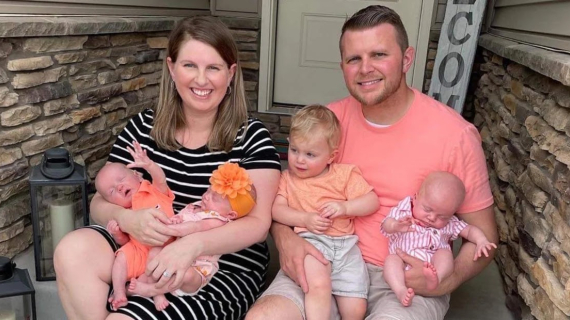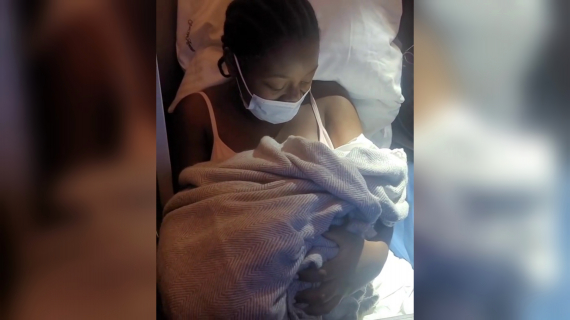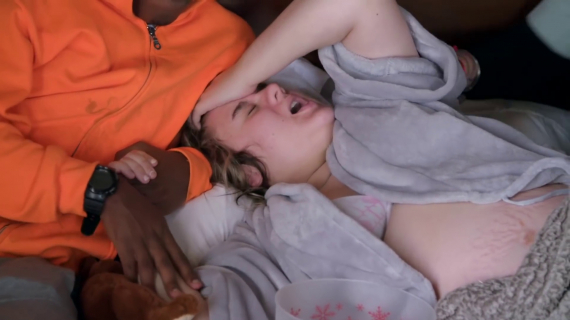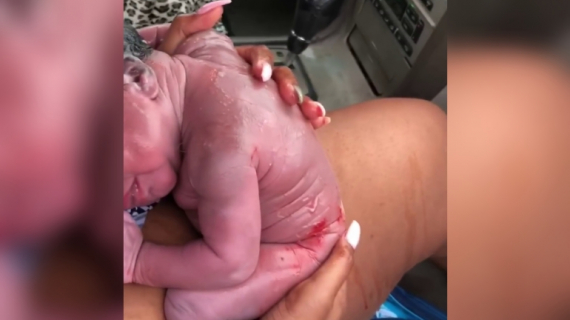Your Pregnancy Weeks 4 to 8: An Embryo Forms
In the fourth week of your pregnancy, the ball of cells that is developing into your baby is the size of a poppy seed. It's at this stage that the cells separate into 3 distinct layers from which your baby's internal organs and skin will develop. The outermost layer forms the brain, nervous system and skin. The middle layer forms the heart, blood vessels, bones, muscles and reproductive system. The innermost layer will develop into the stomach, intestines, lungs, and other organs.
Your baby's first blood cells are already being produced in the yolk sac. Expect big changes by the fifth week of your pregnancy. The ball of cells now resembles a tadpole and it is big as a peppercorn. The creation of the brain, spinal cord, heart, and blood vessels is already well under way. The neural tube, which will form the brain and spinal cord starts to close from the center of the embryo outward. After it closes, the portion in the head thickens and divides into the forebrain, midbrain, and hindbrain.
Rapid growth causes folding of the embryo. During this process, part of the yolk sac is incorporated into the lining of the digestive system. The primitive backbone is curled and looks like a tail, which will recede in a few weeks. Your baby's heart is transformed from a tube into an S-shaped loop that begins beading about 22 days after conception.
At this point, you may begin experiencing early signs of pregnancy including nausea, fatigue, and breast tenderness. By your sixth week of pregnancy, your little one has tripled in size and is protected by amniotic fluid. The baby is grown by leaps and bounds, but still only about the size of a lentil. You've just been to the OB/Gyn and she is confirmed the good news. You're definitely pregnant.
You don't know if you're having a boy or a girl yet, but you can thank dad for your child's sex because one of two sex chromosomes either an X or a Y was delivered by the sperm determining your child's gender. The egg always contains an X so if the sperm contained an X, the embryo develops into a girl. But if the sperm contained a Y, the embryo develops into a boy. A gene on the Y chromosome becomes active late in the sixth week, functioning for only a few days to tell the embryo to become a boy.
Facial features have formed and his heart has a regular rhythm pumping fetal blood. Right now because your baby's skin is only one cell think, it's transparent. Little knobs protrude from the embryo's trunk. These buds of tissue will become arms and legs. At the beginning of your seventh week, your baby is now about the size of a coffee bean. The umbilical cord connecting your baby to the uterus is now visible.
The placenta is covered with lots of small projections called villi. The villi from the placenta intermingle with your blood where they steal some of your breakfast, lunch and dinner. The nutrients and oxygen travel about 18 inches through the umbilical cord to your growing baby. It's too early to tell whether your child will have your nose, but mouth, nostril and ear indentations are visible in the head. The arm buds that form last week look like paddles.
The brain is growing rapidly including the right and left sides of the brain. The right side of the brain is associated with nonverbal and spatial tasks. The left side is associated with speaking and writing. You'll have to wait and see if your child becomes predominantly right or left brain.
By the eight week, your fetus is about the size of a blueberry. What were once just little tissue buds have become recognizable as hands and feet with webbed fingers and toes. Soon, this extra tissue between the digits will be reabsorbed to reveal individual fingers and toes.

